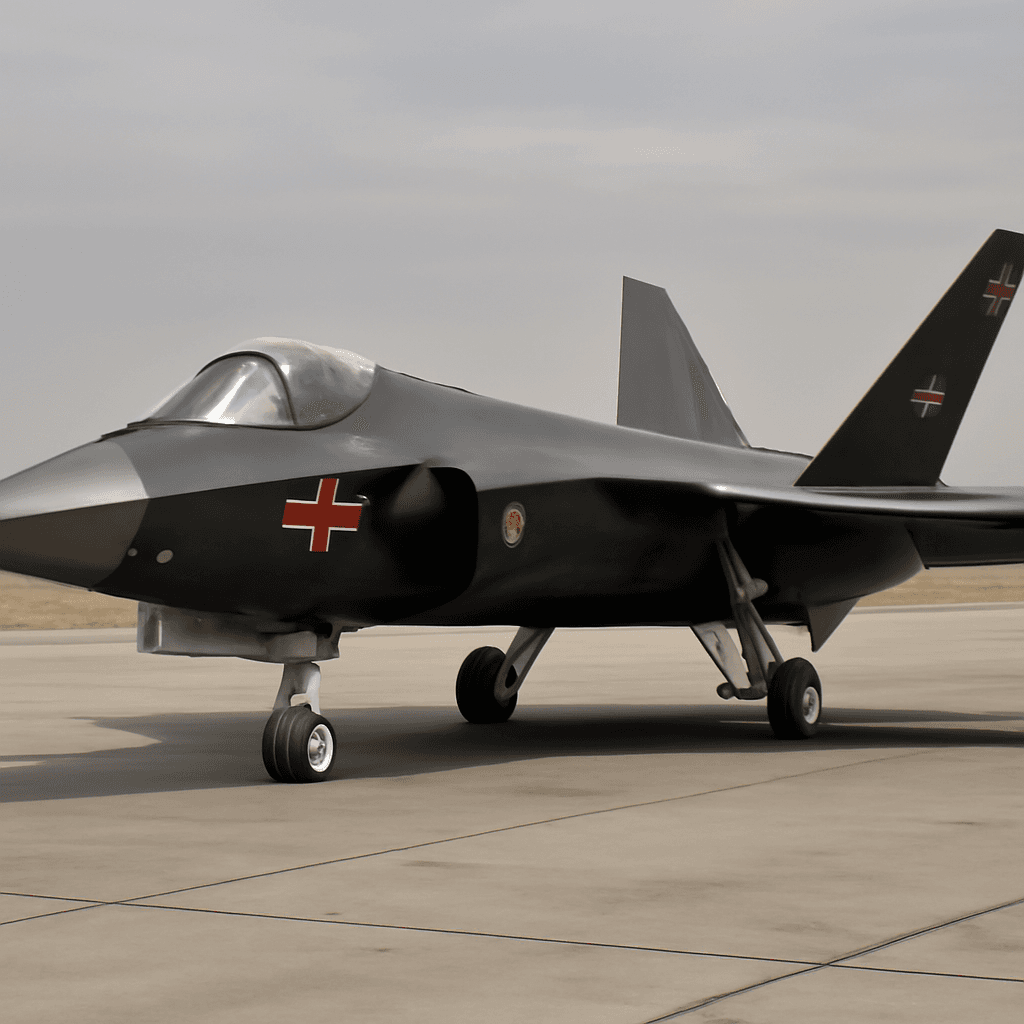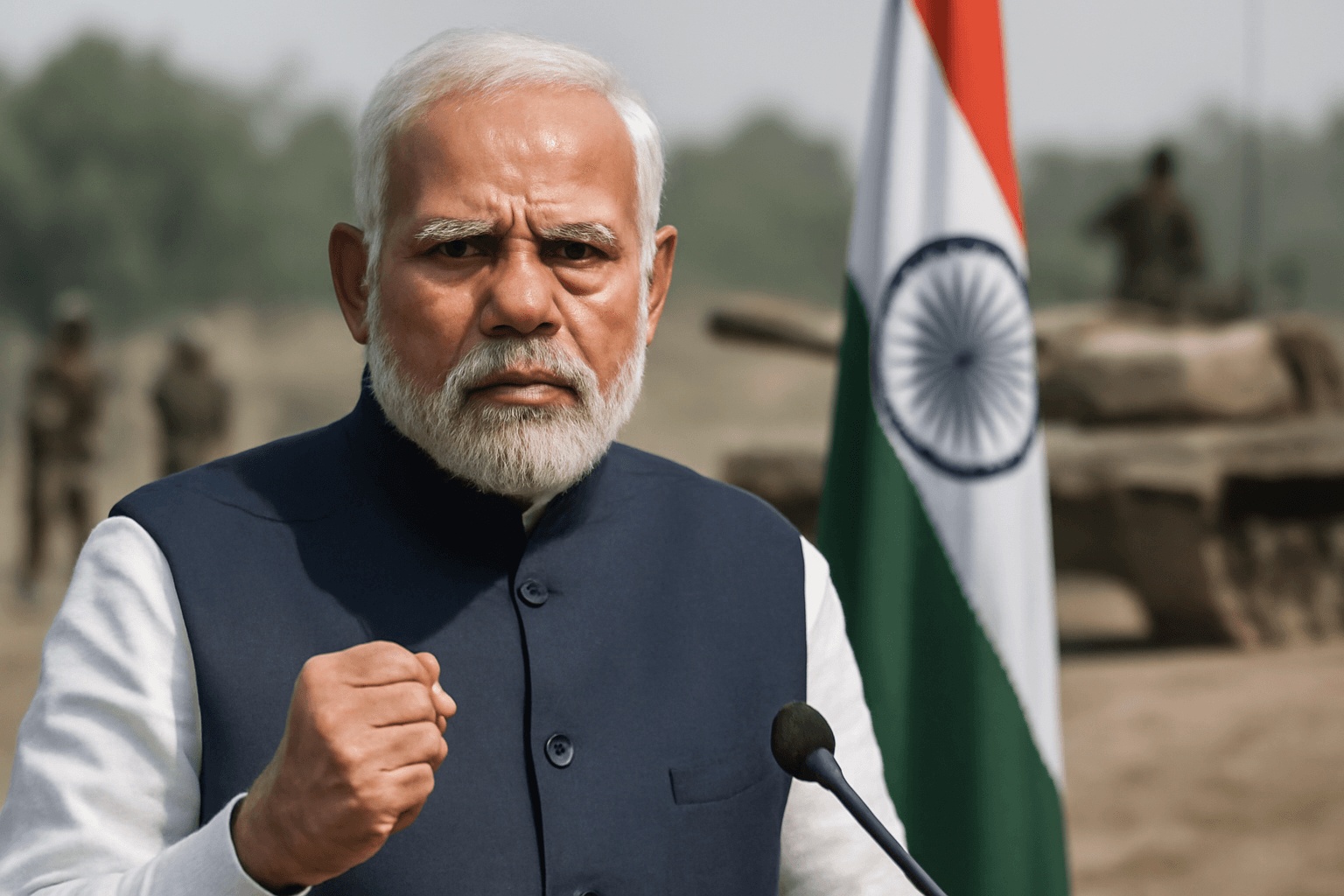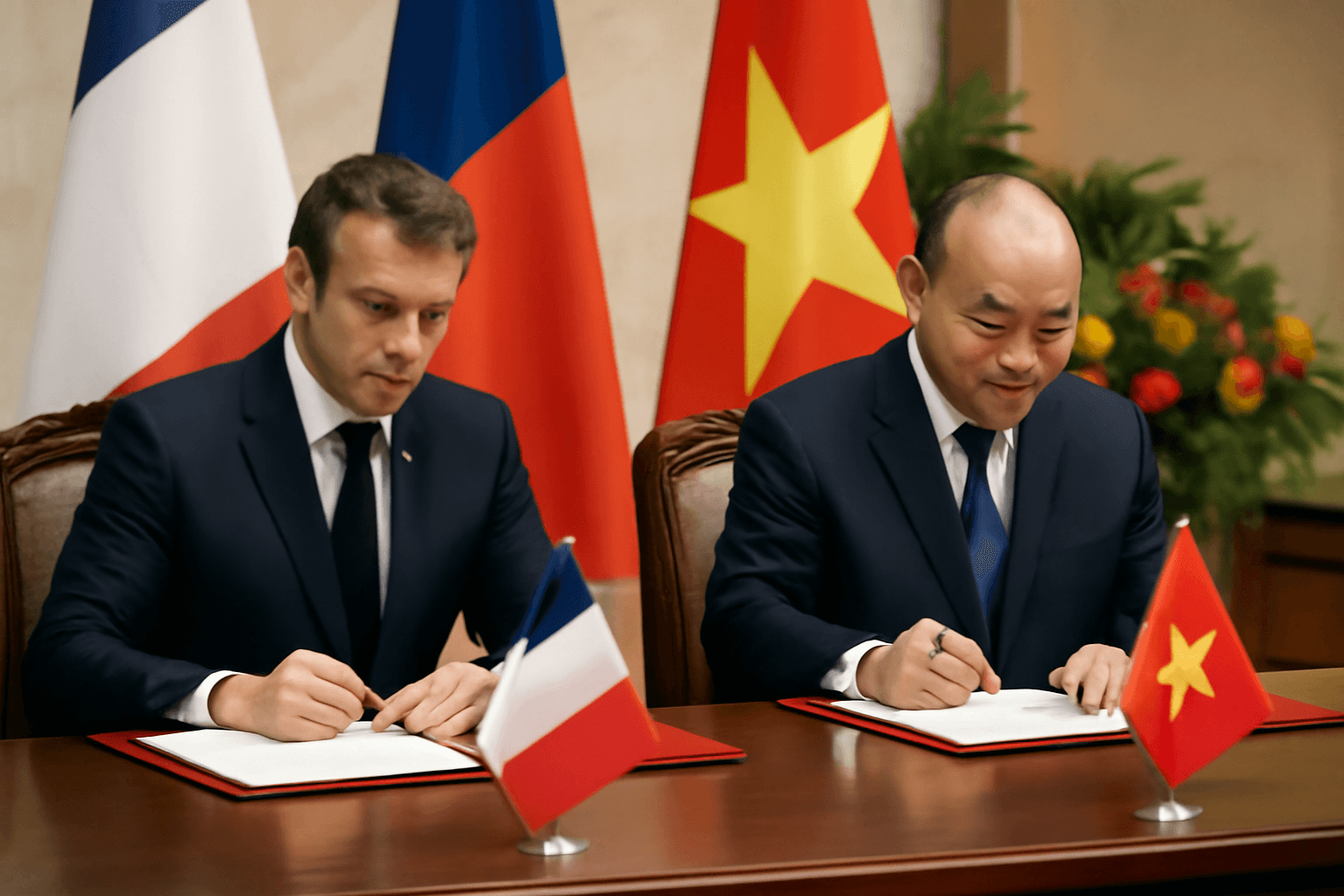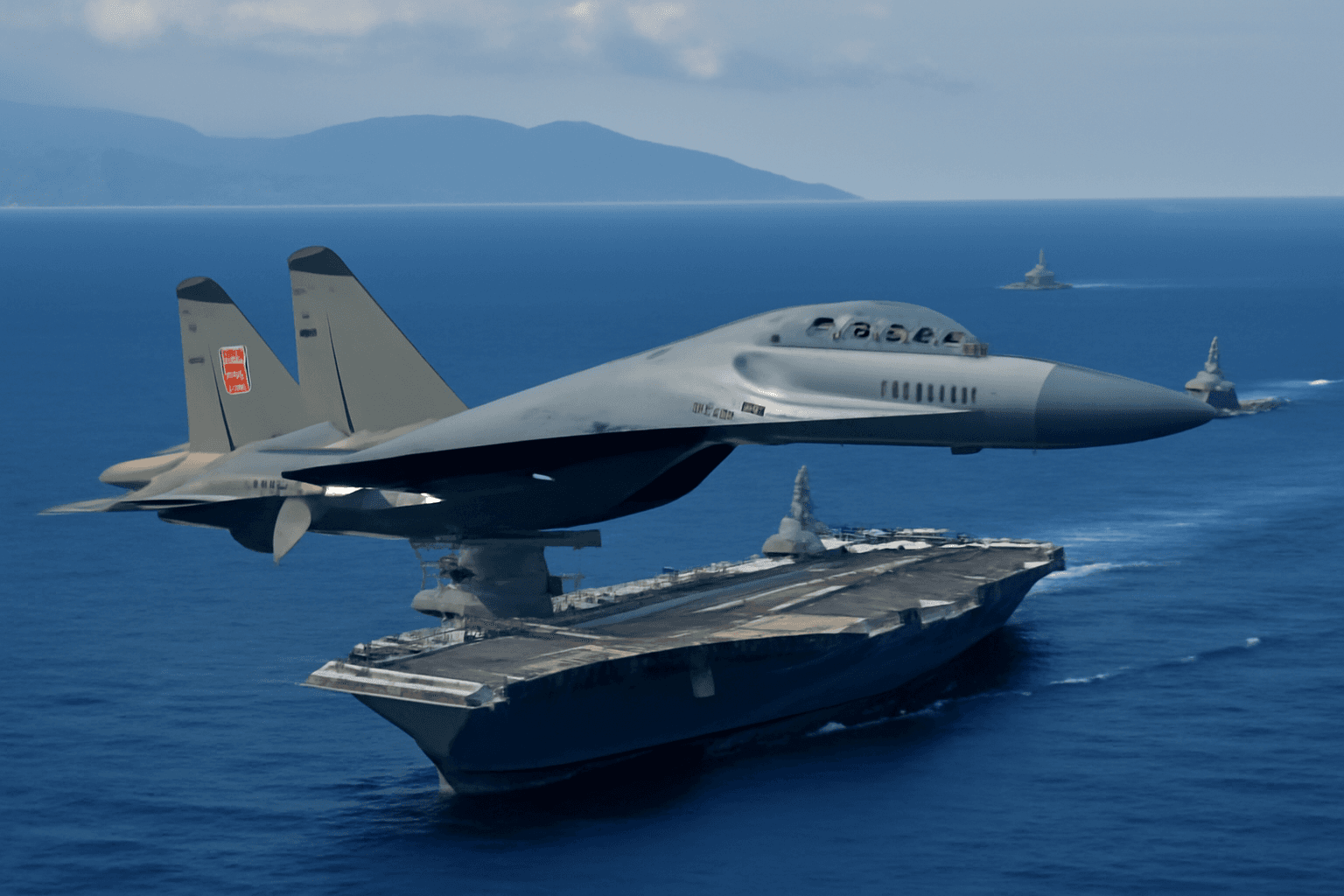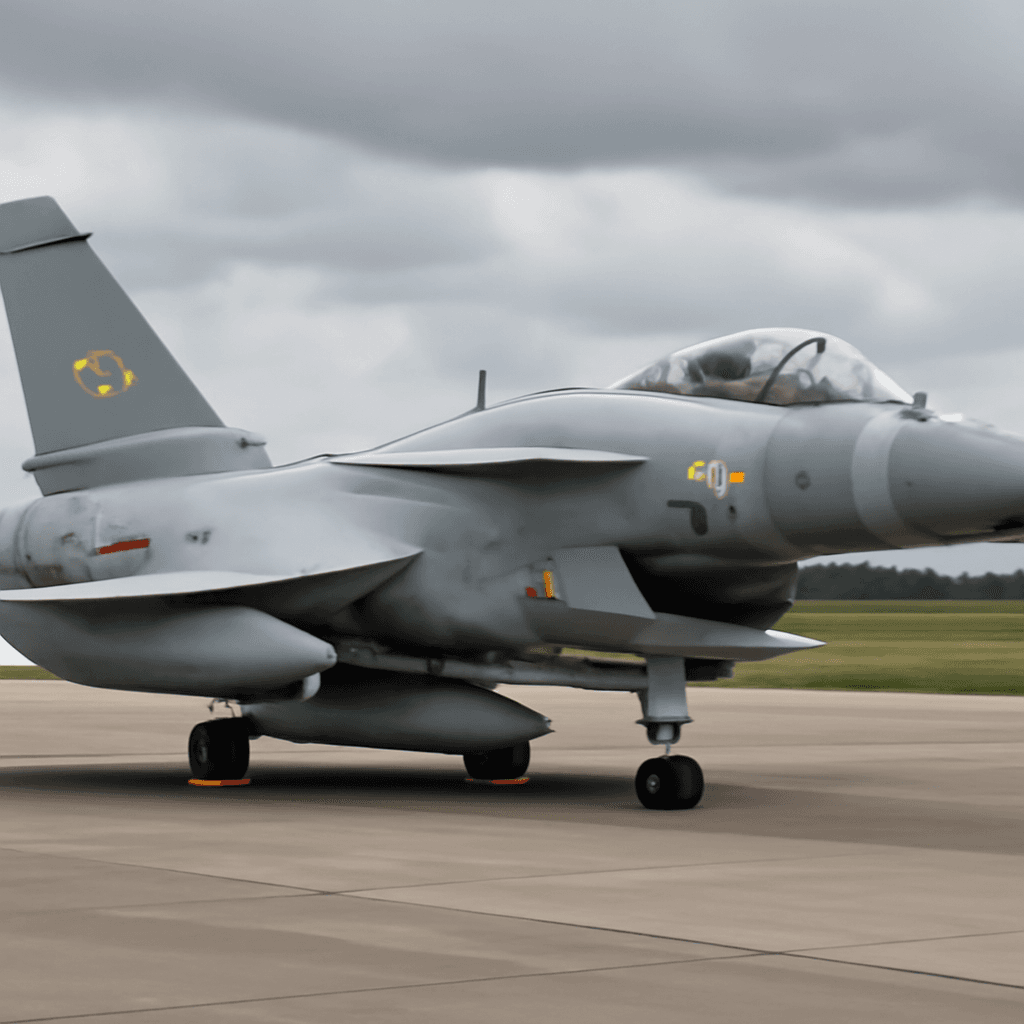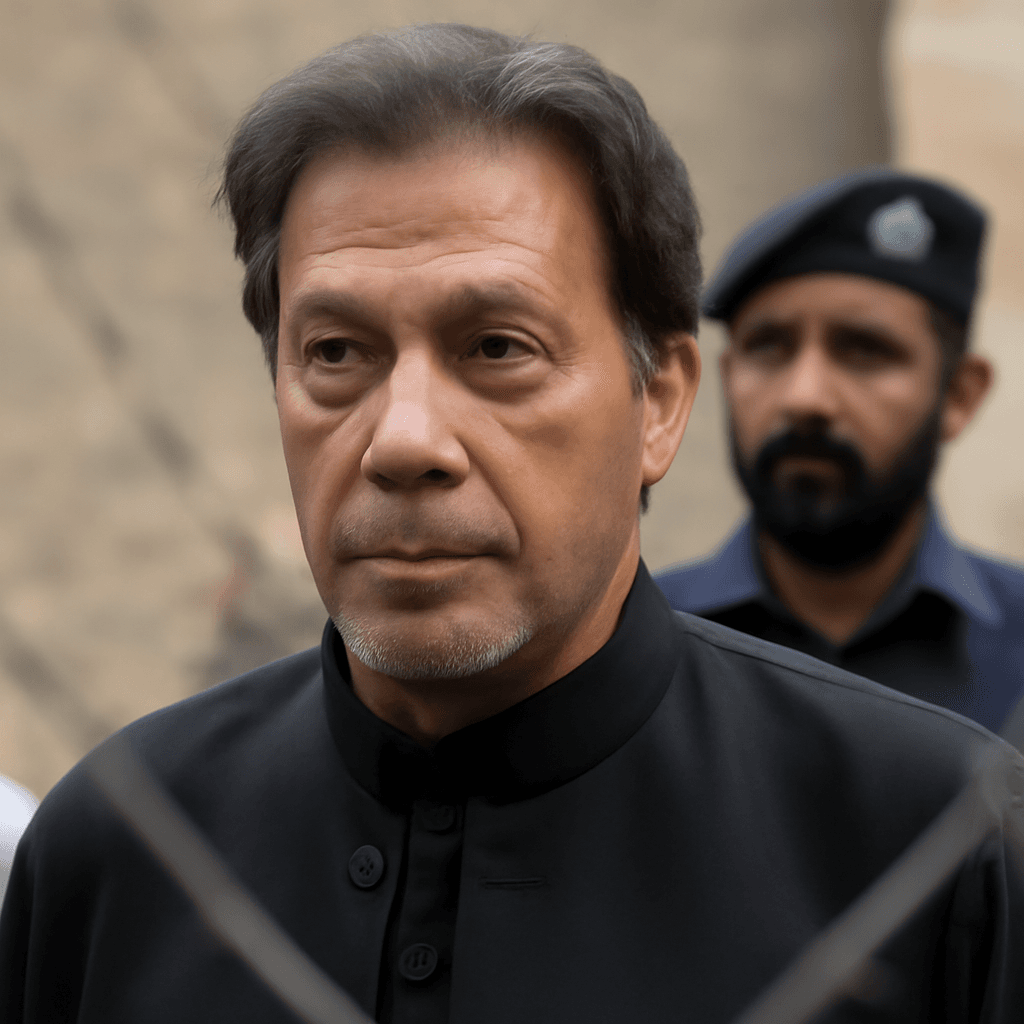China’s 50% Discount on J-35A Jets to Pakistan Raises Eyebrows
China's decision to swiftly deliver 30 J-35A stealth fighter jets to Pakistan at half the usual price has ignited fierce debate across Chinese social media. The plan involves exporting China’s latest fifth-generation combat aircraft, which has yet to be fully tested or integrated into China’s own air force. This unprecedented move has left many questioning its financial wisdom and strategic value.
Public Outcry Over Unfinished Jets and Pakistan’s Payment History
Amid concerns, many Chinese netizens have expressed deep skepticism. Comments highlight Pakistan’s spotty payment history for previous fighter acquisitions — notably the unpaid balance on earlier J-10C jets. One user remarked, “How can Pakistan afford this when it hasn't even settled payments for earlier jets?” Others condemned prioritizing an aircraft still in development and not mass-produced for domestic use.
Some critiques were blunt: users dismissed the deal as "bullshit," while others insinuated that the government might just be printing more money to fund this costly project.
Strategic Calculations or Questionable Charity?
This controversial announcement emerged mere days after a terror incident in Jammu & Kashmir, adding a geopolitical dimension to the backlash. Analysts speculate that China aims to bolster Pakistan’s air capabilities amid ongoing regional tensions.
Domestically, citizens wonder whether this deal amounts to subsidizing a strained military partner with questionable financial reliability. As one commenter put it, “Wouldn’t it make more sense to invest in domestic industrial infrastructure instead of subsidizing foreign jets?”
At its core lies the question of selling a "concept jet"—an aircraft still undergoing testing and without proven battlefield credentials. Although designed to rival established fighters like the US F-35, the J-35 remains untested in active combat.
The J-35’s Rocky Sales Track Record and Geopolitical Risks
China’s previous attempt to market the J-10CE fighter to Pakistan was built on unconfirmed claims of combat success against Indian Rafales. Yet international observers have met such assertions with skepticism.
Meanwhile, efforts to export related jets to countries like Egypt, Brazil, and Uzbekistan faced hurdles, partly due to the jets’ reliance on aging Russian engines — the RD-93 and AL-31 — which come with supply chain vulnerabilities amid geopolitical tensions.
Despite reports of Pakistani pilots training on the J-35 in China, official confirmation on the deal’s specifics or the growing public backlash remain absent from Chinese authorities.
Looking Ahead: Who Truly Benefits?
With India monitoring these developments closely, the broader question persists for many inside China: What do ordinary citizens gain from this high-stakes gamble?
Though Beijing may tout the sale as strengthening regional strategic ties, the broader sentiment hints at unease over taxpayer-funded support for an unproven warplane sold to a financially unreliable client.
As the planned deliveries loom in August 2025, the debate over balancing diplomacy, military strategy, and financial prudence is just beginning.

